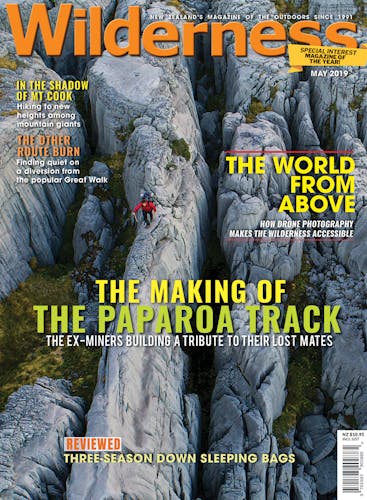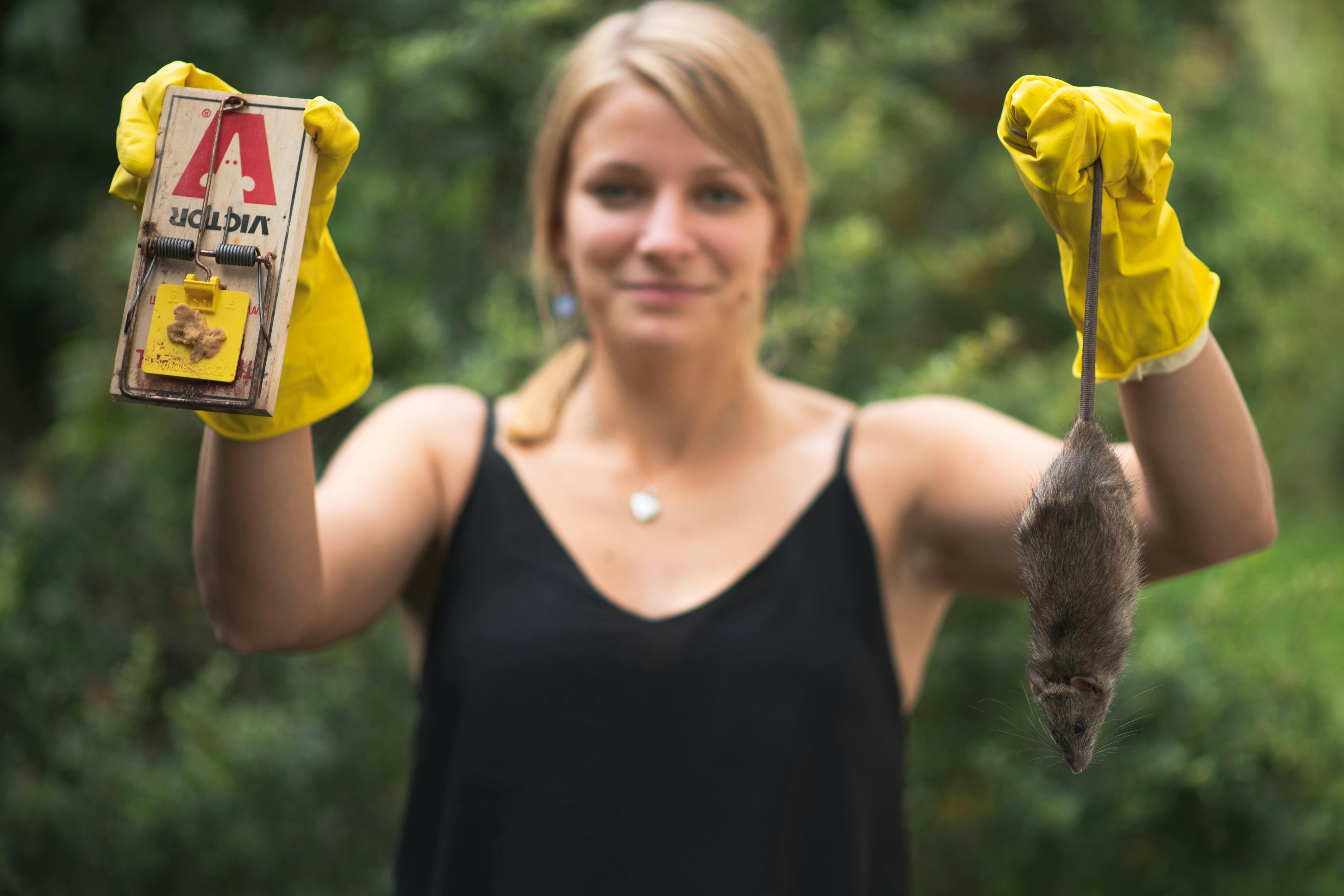Tired of standing on the sidelines of pest control, Matthew Cattin finds out how to start the change at home
I’ll admit I’ve been embarrassingly complacent to New Zealand’s predator problem, and it’s all too easy to do.
While I desperately wish to see our forests rejuvenated, and I applaud the efforts of Kiwi conservationists doing their bit, I’m more of a sideline supporter. I pack out what I pack in, never litter, and even kill the odd pest, but I can’t hand-on-heart say I’m making a difference, and I’ve decided it’s time to get my hands dirty.
Being a practical romantic, and having spied a few too many rats rustling around my partner’s flat, I splashed out and bought her the gift that keeps on giving – a tunnel trap.
With no trapping experience, I turned to the experts to get the lowdown.
Predator Free NZ Trust project manager Jessi Morgan says backyard trapping is a “gateway drug” to pest control and a great introduction to the growing predator-free movement.
“The best place for people to start is in their own backyards,” she says. “It’s really easy, and once you’ve set a trap, you walk past it every day. You don’t have to drive for an hour and then walk another half hour down a track to check a trapline.”
Morgan says it’s hard to know how many Kiwis are doing their bit in their backyards, but claims there has been an increase, thanks to the mainstreaming of the predator-free movement.
In Wellington, there isn’t one suburb that isn’t involved in a trapping operation, and other urban centres are answering the call to arms.
“There has been a real change in mentality,” she says. “We used to only deal with rats when they were in our ceilings or walls, but people have realised if they trap in their garden before they come in, it’s much easier.
“There is a real risk of people assuming the agencies will do this for us, but there’s a huge need for people on the ground doing their bit,”
A good place to start is pest identification – discovering which species visit your backyard, and where traps will be at their most efficient.
Baited chew cards, which identify pests by their bite marks, are a cheap and simple method, but ink tunnels are another popular solution.
“If you put five chew cards around the garden, you might find just one of them has lots of activity, and this will likely be the best place to put your trap,” Morgan says.
Once the species has been identified, a suitable trap can be laid. But a few considerations are worth noting.
“We recommend only humane traps that we know will work and kill only the target species with minimal distress,” Morgan says.
Fast kill mechanisms are key, but even with the best gear, no trap is foolproof and trappers may have to put an injured pest out of its misery.
“Most people don’t want to do it, but it’s your duty to dispose of it quickly,” Morgan says.
A “quick whack over the head” is the recommended solution, and buying traps approved as humane by the National Animal Welfare Advisory Committee is advised.
Placement is another important consideration, as traps can be harmful to non-target species such as pets, native birds or children.
Tunnel traps are a common method to ensure only targeted species are caught.
Making your home and garden less appealing for pests helps to deter them in the first instance, and ensure they aren’t so spoiled for choice if they do visit that they ignore your trap bait.
Reducing access to chicken feed and compost, and picking up rotting fruit on the ground are good precautionary measures.
Morgan says it can be hard to stay motivated when catch rates slow down, but it’s important to keep traps set and baited in case of pest recolonisation.
“When you’re not catching anything, you need to think of it as a really positive sign, not as a failure,” she says.
Involving yourself in wider community groups can also help backyard trappers stay on track, TrapNZ’s Daniel Bar-Even says.
“It’s a motivating factor if you feel like you’re part of a bigger picture, and not just doing something on your own, not making an impact.”
“If you’re by yourself, you won’t know what’s going on around you, and you might not be contributing efficiently.”
As I write, my partner’s trapping success rate is a bittersweet 100 per cent. Four nights, four rodents. While the experience of scraping bloody rat carcasses out of the trap might not be my biggest romantic gesture, I’m playing the long game. Maybe next year, she’ll get a backyard full of birds.








